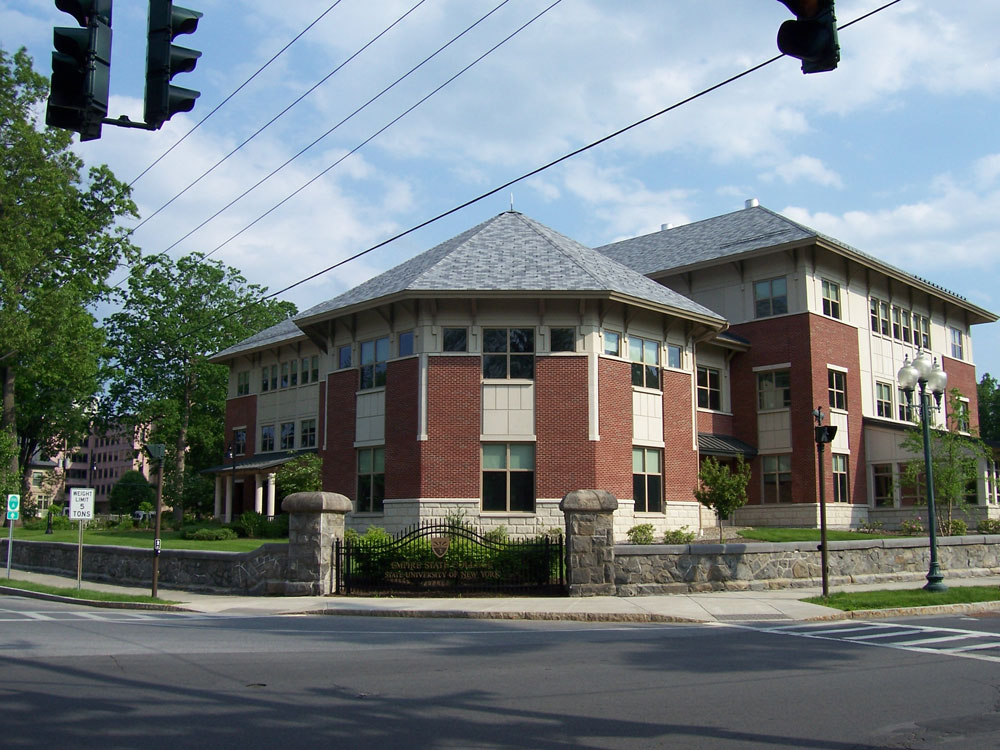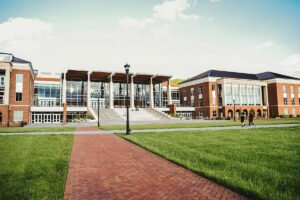
August 8, 2020; Inside Higher Ed
Community colleges have become increasingly popular. Some students find appeal in their affordability and open admissions standards. Others are nontraditional students and find them more accommodating; 38 percent of community college students are 25 or older, and 58 percent are working, often full-time, while attending college. Targeting this student demographic could be just the thing for small, struggling liberal arts colleges whose enrollment has seen significant decline even before the COVID-19 pandemic.
A third of all undergraduates enroll at community colleges, with 80 percent of them intending to continue on to another institution to obtain a bachelor’s degree. Unfortunately, only 13 percent reach that goal, and less than 20 percent of those transfer to private four-year nonprofit colleges.
The full effects of the pandemic on colleges will take months to play out. Some prospective new students may decide to sit out this semester—and even the next—if they cannot be on campus for in-person instruction. That choice will have a critical impact on the already stressed bottom lines of small standalone liberal arts colleges.
On the other hand, community colleges continue to be strong. Two-year schools can assist students who are waiting until the last minute to decide. An affordable local college that likely has rolling open admissions makes a good fallback position to get some college credits until the pandemic crisis comes to some kind of conclusion. While enrollment numbers fall for small four-year colleges, community college applications seem to rise steadily.
Independent liberal arts schools should look at partnering with community colleges. One example would be the four transfer pathway agreements struck between Empire State College, part of the State University of New York (SUNY) system, and Monroe Community College (MCC).
Empire State has forged these kinds of agreements with community colleges around New York. Graduates of MCC can transfer up to 79 lower-division credits from an associate degree when transferring to a four-year college. This could leave a balance of as few as 45 more credits for a bachelor’s degree. Those courses could all be online, as Empire has been a distance learning institute for almost 50 years. There are special provisions for certain areas of study, including psychology, business management, and addiction studies, but admission to SUNY Empire is assured for all qualified MCC graduates who have completed any associate-level program.
The last, the General Automatic Transfer Agreement, demonstrates a critical opportunity that could work as a cross-sector arrangement between community colleges and small liberal arts colleges. The size of those liberal arts schools could act to their favor; they can respond to individual students, providing needed guidance, and offer more flexibility, even though they have traditionally had more rigid curricula. For their part, community college students are diverse in background and experience, which would enhance the student body at the liberal arts college.
Sign up for our free newsletters
Subscribe to NPQ's newsletters to have our top stories delivered directly to your inbox.
By signing up, you agree to our privacy policy and terms of use, and to receive messages from NPQ and our partners.
While the data is 10 years old, the need for the transfer agreement between Empire and MCC demonstrates that the core findings of the Government Accountability Office’s report, “Students Need More Information to Help Reduce Challenges in Transferring College Credits,” still hold.
Students nationwide lose almost half their earned credits when they transfer to another school. Losing a semester or more of credits is a real obstacle to students who want to continue their education—as is the money needed to pay for makeup courses. Often, the schools that do accept some transfer credits count them as electives, forcing students to take extra classes to fulfill requirements.
On the positive side, there’s some attention being drawn to the issue, in the form of a new report by Ithaka S+R, a nonprofit research organization with assets over $190 million. The report displays strategies for taking on the challenges—financial, academic, and cultural—of the full scope of transferring students between higher education institutions.
North Carolina Independent Colleges and Universities’ (NCICU) 30 member institutions have committed to consider students’ general education credits from any of the 58 community colleges in North Carolina as satisfying their own general education requirements. There has been an agreement between the community colleges and the public four-year colleges that similarly accept general education credits. NCICU is working on expanding the credit transfer model to sociology and psychology which are offered in liberal arts colleges.
The Teagle Foundation, a $145 million organization that supports liberal arts education, is working toward building relationships between private four-year colleges and public two-year colleges that could deliver new and diverse students to liberal arts programs and colleges. Teagle’s initiatives “aim to strengthen teaching and learning in the arts and sciences and to ensure the benefits of a liberal arts education are broadly accessible.”
Working with funding from foundations such as Teagle, the New England Board of Higher Education is developing an initiative like North Carolina’s, with 40 independent colleges and every community college in Rhode Island, Massachusetts, and Connecticut guaranteeing entrance (and other incentives) into the participating private colleges to transferring students with associate degrees in liberal arts.
Transfer agreements can benefit small liberal arts colleges and public four-year universities that will be squeezed by state cuts due to pandemic-related losses to state revenue. New England, New York, and North Carolina are making models for four-year institutions to work with community colleges to get more students to complete their baccalaureate degrees, benefiting both students and institutions of higher learning.—Marian Conway











